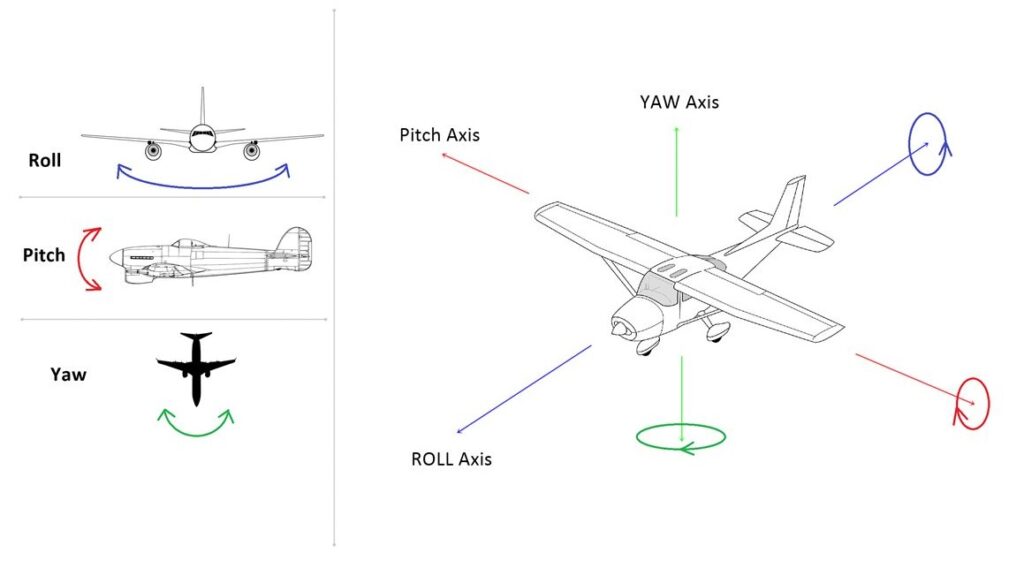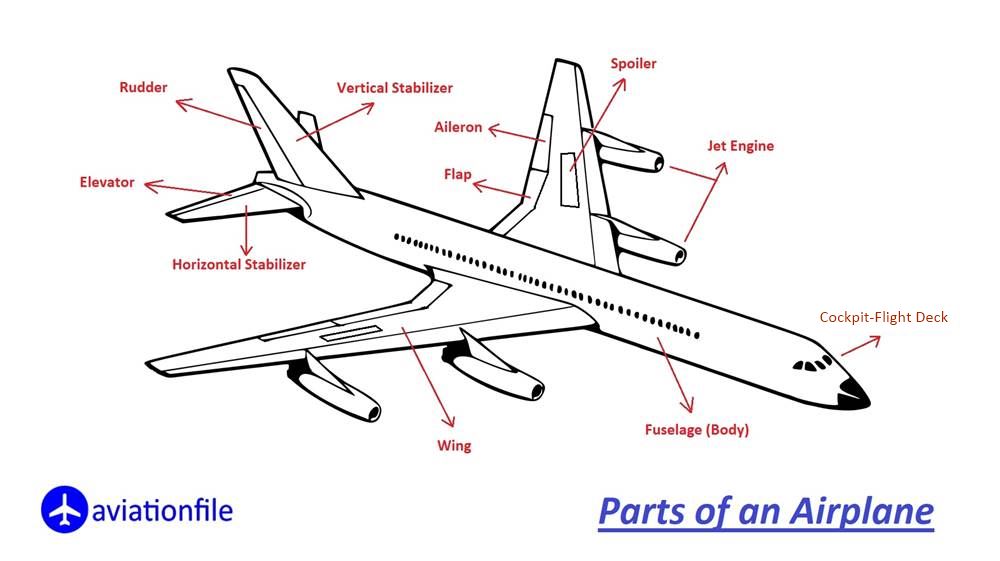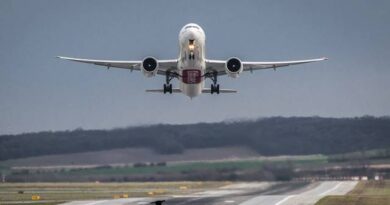Understanding the Plane Rudder: Definition and Functions
The plane rudder is a vital part of an aircraft’s flight control system. Positioned on the vertical stabilizer—the fin at the plane’s tail—it plays a key role in managing the aircraft’s direction. Let’s explore how the rudder works, its importance, and why proper maintenance is crucial.
What is the Rudder’s Function?
The rudder controls the yaw motion of an aircraft. Yaw refers to the side-to-side movement of the plane’s nose. Unlike pitch (up and down) or roll (rotation around the plane’s axis), yaw allows the aircraft to point in a new direction while maintaining level flight. This is essential for making coordinated turns, maintaining course, and countering crosswinds. (Roll, Pitch, Yaw)

How Does the Rudder Work?
Pilots control the rudder using foot pedals located in the cockpit. When the right pedal is pressed, the rudder deflects to the right, pushing the tail to the left and causing the nose to turn right. Conversely, pressing the left pedal moves the rudder left, turning the plane’s nose to the left.
This movement is crucial during takeoff, landing, and in-flight corrections. For example, when a plane turns, the rudder works with the ailerons (which control roll) to ensure a smooth, coordinated turn without slipping or skidding.
The Role of Speed in Rudder Effectiveness
The rudder’s effectiveness is influenced by the plane’s speed. At higher speeds, more air flows over the rudder, increasing its control power. This is why small rudder inputs can result in significant changes in direction at cruising speeds. Conversely, at low speeds, such as during takeoff or landing, larger rudder inputs are often required to achieve the desired effect.

The Importance of Rudder Maintenance
Regular maintenance of the rudder is essential for flight safety. The rudder’s hinges, cables, and control surfaces must be inspected frequently to ensure they are in proper working condition. Historical aviation incidents have underscored the critical nature of rudder integrity—failures in this system can lead to catastrophic consequences.
Conclusion
The rudder is more than just a simple control surface; it’s a critical component that ensures safe and efficient flight. Understanding how it works and the importance of its maintenance can significantly contribute to safer skies. Whether you’re a pilot or an aviation enthusiast, appreciating the role of the rudder enhances your knowledge of how airplanes navigate our world.
References:
- “Aircraft Design: A Systems Engineering Approach” by Mohammad Sadraey
- “Introduction to Aircraft Design” by John P. Fielding
- “Aircraft Maintenance and Repair” by Michael Kroes and William Watkins
- Federal Aviation Administration (FAA) regulations and guidelines.


